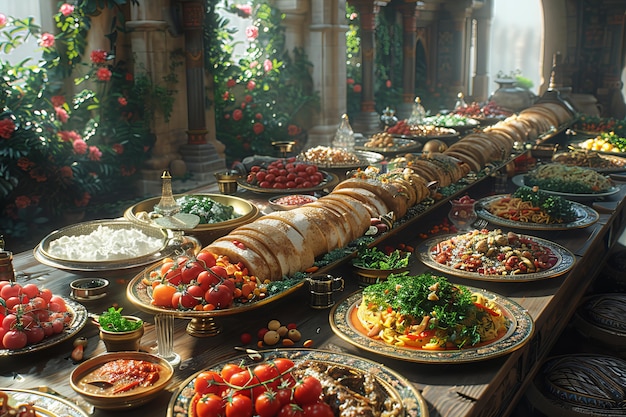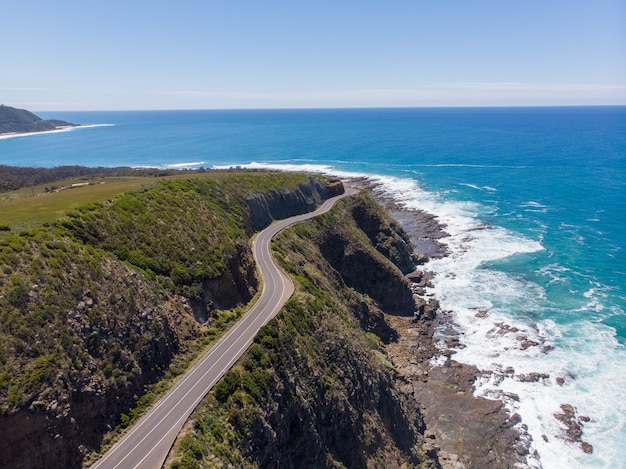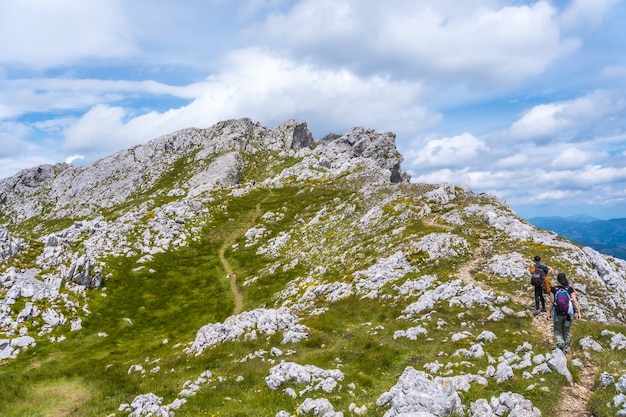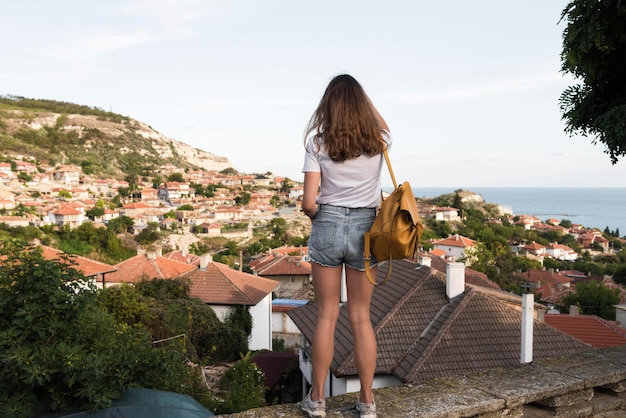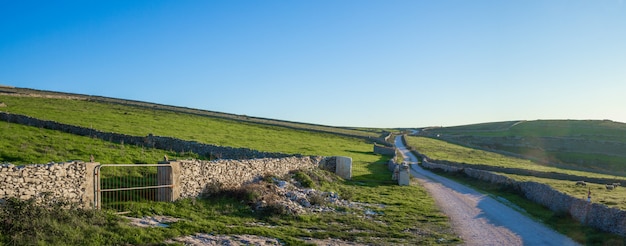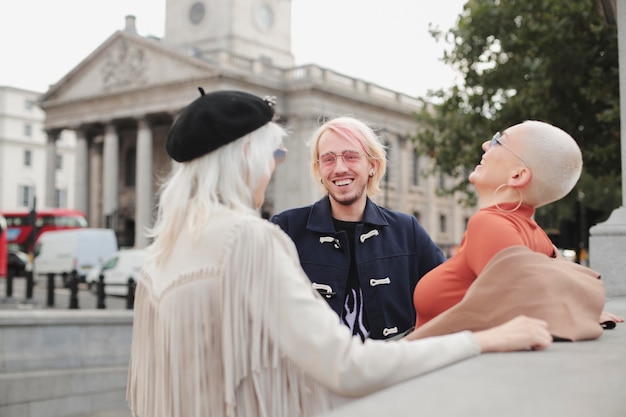
I’ve always enjoyed my holidays in Austria, but during my Danube river cruise with Avalon Waterways, I truly fell in love with Vienna. The rich architecture and culture of Austria’s capital, once the heart of the Habsburg empire, captivated me. I spent time in the elegant Viennese coffee shops and explored vibrant markets selling everything from flowers to attic-found antiques.
Our river cruise continued along the Danube, stopping at charming villages like Durnstein and Grein, with its 18th-century theatre and hilltop castle. In Melk, we visited the magnificent baroque abbey before ending our mini-cruise in Linz, Austria’s former European city of culture. The scenery and places we visited were fascinating, but the experience on board the Avalon Visionary was equally enjoyable.
I stayed in a comfortable Panorama Suite with floor-to-ceiling windows that slid back to create an open-air balcony with a private river view. Sometimes, at popular destinations, another boat would be moored side by side, so I had to remember to close the curtains before changing for dinner. I loved the early morning views when the boat traveled overnight, waking up to see the sun burning off the river mist and pretty houses passing by before we moored in time for breakfast. The mattress was super comfortable, and I could lie in bed looking out of the window or sit on the small sofa with a drink, watching the world drift by.
My stateroom was decorated in a burnt orange scheme with dark wood furniture and plenty of mirrors over the desk and inside the wardrobe. Although burnt orange isn’t my favorite color, the overall effect was modern and sophisticated. I loved my bathroom with its mottled brown marble surface and large bottles of my favorite l’Occitane toiletries. The spacious shower enclosure had a powerful shower that was a pleasure to use. Thoughtful touches like different colored towels to avoid mix-ups with my partner and the cheerful housekeeping staff keeping everything clean added to the experience.
One thing I dislike is seeing a menu so international that you wouldn’t know which country you’re in. Not so on an Avalon cruise, where they design menus reflecting the local cuisine, with dishes to suit all tastes. In Austria, we could have Wiener Schnitzel and Spätzle for lunch, and I tried a dessert of Kaiserschmarrn, made of sweet pancakes with a compote of local plums. The wine choices at dinner included local wines, and I enjoyed a delicious white Grüner Veltliner Domäne Wachau from the Wachau Valley we were passing through.
Avalon takes the concept of ‘Eat Local’ further with their Avalon Fresh concept, emphasizing healthy cuisine that reflects and gives back to local communities. They source ingredients from local food suppliers where possible. To develop healthy menu options, Avalon has worked with Austrian chefs Leo and Karl Wrenkh, whose cookery school we visited, to create a choice of vegetarian dishes.
At the cookery school, we had fun cooking a range of simple but delicious dishes with head chef Leo Wrenkh, including fish and meat dishes, although the Wrenkh brothers are known for their inventive vegetarian cuisine. We chopped veggies, sizzled steak, pan-fried fish and lemon slices, sprinkled herbs, stirred risotto tirelessly, and were finally rewarded with a lunch of all the different dishes we had prepared. The food was tasty, and we were all happy to take credit for our efforts, guided by Leo’s expert hand.
Many travelers today want to maintain a healthy lifestyle balance while on holiday, rather than ending their cruise feeling overindulged. On my Danube cruise, I tried some of the new Active Discovery excursions like canoeing and cycling, which were fun and a great way to bond with other guests. Cycling in a group, we took the path by the river through pretty villages and vineyards until the impressive monastery at Melk came into view. After cycling 30km from Durnstein to Melk, I was really looking forward to dinner and felt I deserved every mouthful!
I also tried a canoe excursion from Durnstein, where we were taken upriver and then canoed back to the ship, enjoying beautiful river views of the castle on the cliff and the picturesque village. Any fears of getting wet in an unstable canoe were dispelled as the two canoes were put together with boards to create a stable arrangement for six people, allowing us to chat and have fun together. Our canoe guide accompanied us on a paddleboard and took us to a viewpoint opposite Durnstein to enjoy the views from the opposite bank. There is a small gym on board the ship, but I prefer incorporating exercise into the trip through activities like walking and cycling, which allow me to see more of the places I’m visiting.
One of the joys of river cruising is the opportunity to see new places and discover their stories. Unlike sea cruises, where there is plenty of onboard entertainment, on a river cruise, the entertainment is found in the places you visit. Travel experiences that allow you to meet locals and uncover their customs and traditions are very popular, and Avalon increasingly offers excursions that go beyond the typical walking tour. One of my favorites was a bread-making class where we became bakers for the morning, mixing dough, allowing it to rest (time for a cup of coffee!), then plaiting and pinching it into traditional Viennese rolls sprinkled with poppy and pumpkin seeds. The rolls were baked and we proudly brought them back to the ship, where they were served to fellow guests for lunch. Other guests on my cruise tried their hand at conducting an orchestra and even learned to waltz in the lovely Eschenbach Palace in Vienna, where we later enjoyed a concert with opera, ballet, and the music of Strauss and Mozart.
There was a lovely atmosphere on board, starting with the helpful and good-humored attitude of the staff. Among the guests, there was a happy holiday mood with plenty of opportunities to make new friends and chat about the day’s activities. The dress code was relaxed, and although most guests dressed up a little for dinner, there was no need to pack an evening gown or tuxedo. In the dining room, there was a free seating arrangement, allowing you to sit with whoever you wished at each meal. At different meals, you might sit with your own friends or with other guests who soon became your new best friends. The excursions were also a good way of meeting people, as we bonded over dough kneading in a bread-making class or shared a canoe to paddle down the Danube.
When booking any cruise, it’s important to check what’s included in the price, as extras can add up. With Avalon, you get a lot included in the price, and you could probably get away with paying hardly anything above the holiday price if you wanted to. Here’s what’s included:
– Accommodation in a Panorama Suite
– All meals on board
– Wine, beer, and soft drinks with lunch and dinner
– Daily excursions and sightseeing tours
– Onboard entertainment and activities
– Use of bicycles and fitness equipment
So what extras will you need to budget for? The main extras are:
– Optional excursions
– Drinks outside of meal times
– Gratuities for the crew
– Personal expenses
That’s not a huge amount of extras, and depending on how you like to spend your cruise, you could get away without spending much above the holiday price. The item that would probably add most to your bill is the special excursions, which on my cruise ranged from around €50-60 per person for a half-day or around €70 for a full-day excursion.
As part of the Avalon service, you get picked up from home (within a 100-mile radius) and transported to and from the airport, meaning the holiday starts when you step out of your front door. My return flight from Salzburg arrived in the evening, and it was a real treat to know I would be met at the airport and taken back home, so I could get back the same evening without worrying about public transport or staying somewhere overnight. This meant I could be at my desk the following day as normal and not lose a working day. The service is individual to you, so you won’t have to share with other passengers or be delayed while they are dropped off.
As you can see, there are plenty of reasons to recommend an Avalon river cruise, and the Danube cruise is a great choice if you are new to river cruising, as there are so many beautiful places to visit along the river. Most of the guests on my Danube cruise were couples and groups of friends aged 50+, with quite a few around their 70s, and the cruise caters well for the active mature traveler. An Avalon river cruise will appeal to those who want to travel in comfort and luxury, enjoying a rich cultural experience with plenty of opportunities to stay active on their holiday.
